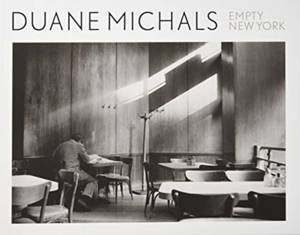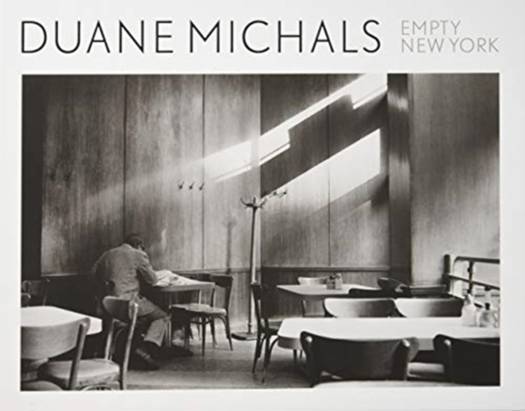
- Retrait gratuit dans votre magasin Club
- 7.000.000 titres dans notre catalogue
- Payer en toute sécurité
- Toujours un magasin près de chez vous
- Retrait gratuit dans votre magasin Club
- 7.000.000 titres dans notre catalogue
- Payer en toute sécurité
- Toujours un magasin près de chez vous
Description
From the moment the Pennsylvania-born Duane Michals (born 1932) settled in Manhattan in 1956 with the intention of studying graphic design, the metropolitan environment in which he found himself exerted a powerful spell on his creative imagination. Having discovered his vocation for photography in 1958 while on holiday in the USSR, in 1964-65 he began to document New York City in a tantalisingly unfamiliar guise, virtually empty of inhabitants at dawn or dusk. In deeply evocative black-and-white images he depicted storefronts and interiors; deserted stations, subway cars, funfairs and arcades; derelict markets, vacant theatres and diners. Already the hallmarks of his mature style were apparent: a fascination with the sequencing of his images as a way of establishing a narrative, an understanding of the emotive power of locations as sites of epiphany, an instinctive ability to frame the subject within the view-finder and to draw out its atmosphere from the available natural lighting, and a concentration on incidental details and amusing juxtapositions. He soon recognised the potential of these locations as stage sets for the human dramas that he began to make a few years later and on which his reputation as an artist was to rest. It is no exaggeration to say that through his Empty New York images, only a very few of which have been published or exhibited before, he discovered his voice as an artist photographer whose work is full of poetry, philosophical ruminations and a yearning for spiritual and even mystical fulfilment. Day after day Michals would rise at dawn to capture unpeopled sidewalks, bridges and parking lots, architectural fragments, the Hudson River, cityscapes in the mist, skyscrapers and urban nature reflected in the puddles of Central Park. Beautifully realised and now achingly nostalgic, the photographs in Empty New York show us the city frozen in time, just as Eugène Atget, one of Michals' heroes, commemorated Paris in the early years of the twentieth century. As much social history as photographic reportage, Duane Michals' pictorial poem reminds us with every frame how he has earned his place among the greats of American photography.
Spécifications
Parties prenantes
- Auteur(s) :
- Editeur:
Contenu
- Nombre de pages :
- 224
- Langue:
- Anglais
Caractéristiques
- EAN:
- 9781911253389
- Date de parution :
- 15-10-18
- Format:
- Livre relié
- Format numérique:
- Genaaid
- Dimensions :
- 305 mm x 234 mm
- Poids :
- 1474 g







